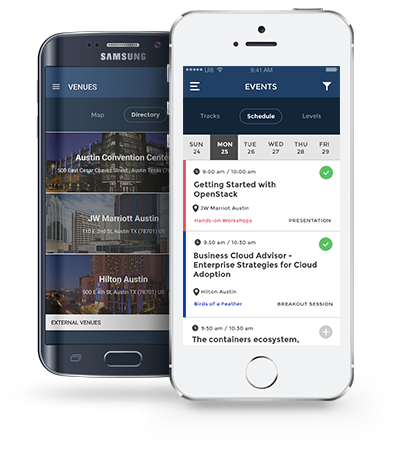In this talk we will dive into the details of how Neutron maps a logical network into underlying network infrastructure with the ML2 plugin. We will explain the difference between physical networks, segmentation types, segments, and logical networks. Then we will show how a Neutron network created via the API uses these components to tell the agents on each compute node how to actually put the packets on the wire. Finally, we will talk about the assumptions Neutron currently makes about segments and how they are being adjusted during the Mitaka and Newton cycle to work with restricted L2 topologies without overlays. If you've ever seen the error "Unexpected vif_type=binding_failed" or hate troubleshooting overlays, this is the talk for you!
- How Neutron maps packets from logical Neutron networks to packets on the real network infrastructure underneath.
- How to troubleshoot port binding failures that prevent VMs from booting
- How Neutron is adapting to support more diverse operator network topologies




